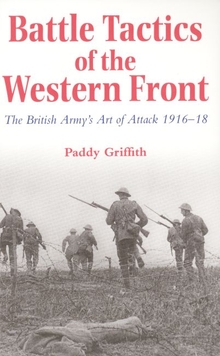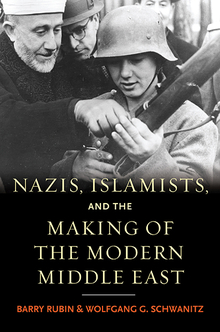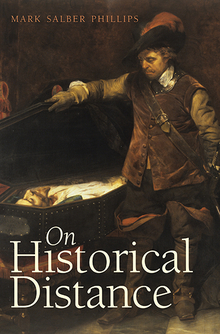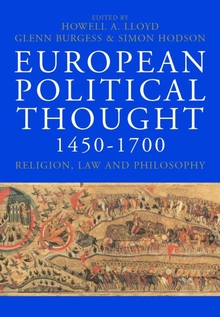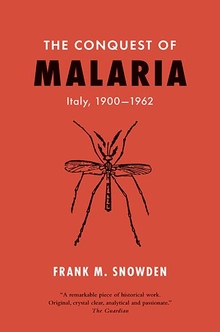Battle Tactics of the Western Front
WARNING
You are viewing an older version of the Yalebooks website. Please visit out new website with more updated information and a better user experience: https://www.yalebooks.com
The British Army`s Art of Attack, 1916-18
Paddy Griffith
Evaluating the great gap that exists between theory and practice, between textbook and bullet-swept mudfield, Griffith argues that many battles were carefully planned to exploit advanced tactics and to avoid casualties, but that breakthrough was simply impossible under the conditions of the time. According to Griffith, the British were already masters of "storm troop tactics" by the end of 1916, and in several important respects were further ahead than the Germans would be even in 1918. In fields such as the timing and orchestration of all-arms assaults, predicted artillery fire, "Commando-style" trench raiding, the use of light machine guns, or the barrage fire of heavy machine guns, the British led the world. Although British generals were not military geniuses, says Griffith, they should at least be credited for effectively inventing much of the twentieth-century's art of war.
"A major departure from the standard interpretation of British participation in World War I. . . . With deliberate steps the author . . . studies the evolution of British infantry tactics from the slipshod techniques of the first half of the war to the tactically sound sustained offensive during the latter half."—Choice
"Surely one of the year's most fascinating books on the First World War."—Military Illustrated
"Griffith does an admirable job cataloging the various British responses to the intractable and changing tactical problems of the Western Front."—Col. Richard M. Swain, USA, Retired, School of Advanced Military Studies, USACGSC from review published in Military Review
"Paddy Griffith's lively, entertaining, and opinionated study will surely invigorate the debate on British methods of waging trench warfare in the First World War. He also writes from a broad scholarly perspective, having made a mark for himself in the historiography of Napoleonic warfare and the American Civil War. . . . This is a significant addition to First World War studies."—David Woodward, International History Review
"A highly original work which . . . will provide an essential starting-point for future study of the British army of 1914-18. Everyone with a serious interest in the BEF should read it."—Bob Butcher, Stand to: The Journal of the Western Front Association
"Unquestionably an important book, filled with carefully reasoned insights and analyses. It is a must read for anyone concerned with the tactical side of British experience on the battlefields of the western front."—Donald C. Richter, American Historical Review
"This is a first-class piece of military history, at once scholarly and readable. . . . Griffith has written a study which does not just illuminate the gory tactics of the Western Front in the Great War, it also says much about how armies live, learn and are led of relevance to every theatre and every era."—Dr. M. Galeotti, Jane's Intelligence Review
"A stimulating, challenging and provocative work that overturns much conventional wisdom. It will be of interest to many more readers than just students of tactics."—N.R.H. Evans, English Historical Review
"A well-written and accessible study, which makes many sound points on the development of low-level tactics during the First World War. It is an excellent introduction to the subject and its appearance in paperback is very welcome."—Martin Samuels, War Studies Journal
Publication Date: April 24, 1996

